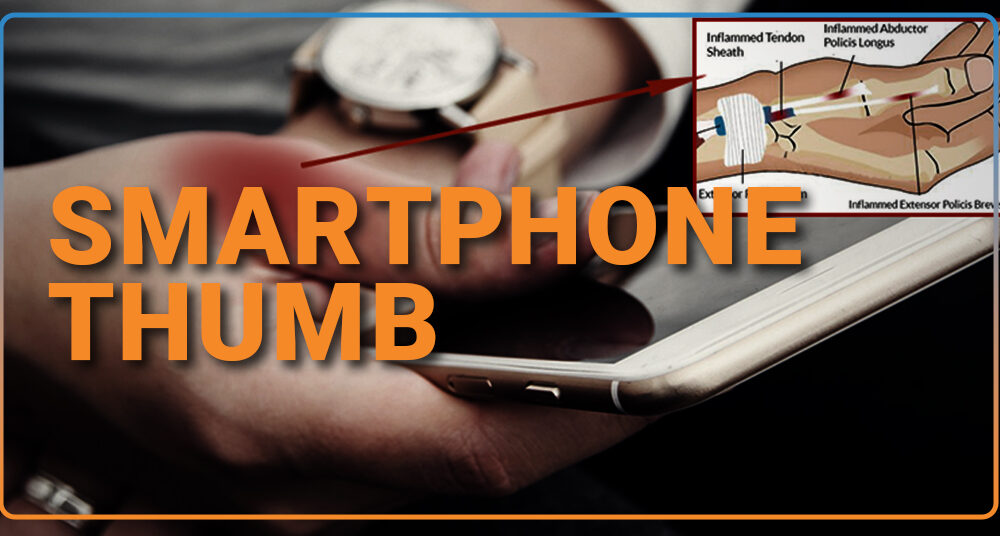(The Unknown Pandemic)
A.k.a.
Whatsapp-itis
Texting Thumb
Gamer’s thumb
In today’s fast world our smartphones are our constant companions. They are used in every sphere of our life. From sending texts, writing e-mails, managing money to scrolling Facebook, swiping Tinder, gaming, our phone is always in our hands.
One may think that these are very simple tasks but for every activity the tendons of our thumb glide in and out of tunnels, the ligaments contact and relax and the thumb goes through a whole lot of movement. These prolonged and repetitive movements can result in tendon inflammation and injury, a phenomenon known as Repetitive Stress Injury (RSI). Since an average person spends several hours on his/her phone, the magnitude of injury can be very high.
The individual usually complains of pain and difficulty in moving the thumb. The pain can also radiate to the wrist and forearm. Some patients also develop swelling at the base of the thumb.
Medically this condition comprises of tendinitis +/- De Quervain’s tenosynovitis.
Prevention
Since ‘prevention is better than cure’, start the following today!
Limit your smartphone usage.
Keep your wrists straight while holding the phone.
Type shorter texts, use abbreviations if possible.
Using autocorrect decreases the amount of typing to be done.
‘Speech to text’ apps relieve your hand altogether.
Avoid using your phone for more than 15-20 minutes at a stretch.
Keep switching hands while using your phone.
Perform wrist and finger stretching daily.
Treatment
The first and most important step of treatment is to avoid over-exerting the thumb. You can undergo a ‘Smartphone detox’ or use the other hand for using the phone.
Initial treatment consists of a course of anti-inflammatory medicines and regular ice fomentation. If the symptoms are severe and if swelling is present, immobilization with either a splint or cast may be required.
If symptoms don’t resolve, a low dose steroid injection in the thumb may be considered.
Surgical intervention is required in the minority of patients who don’t improve with all the other intervention.

